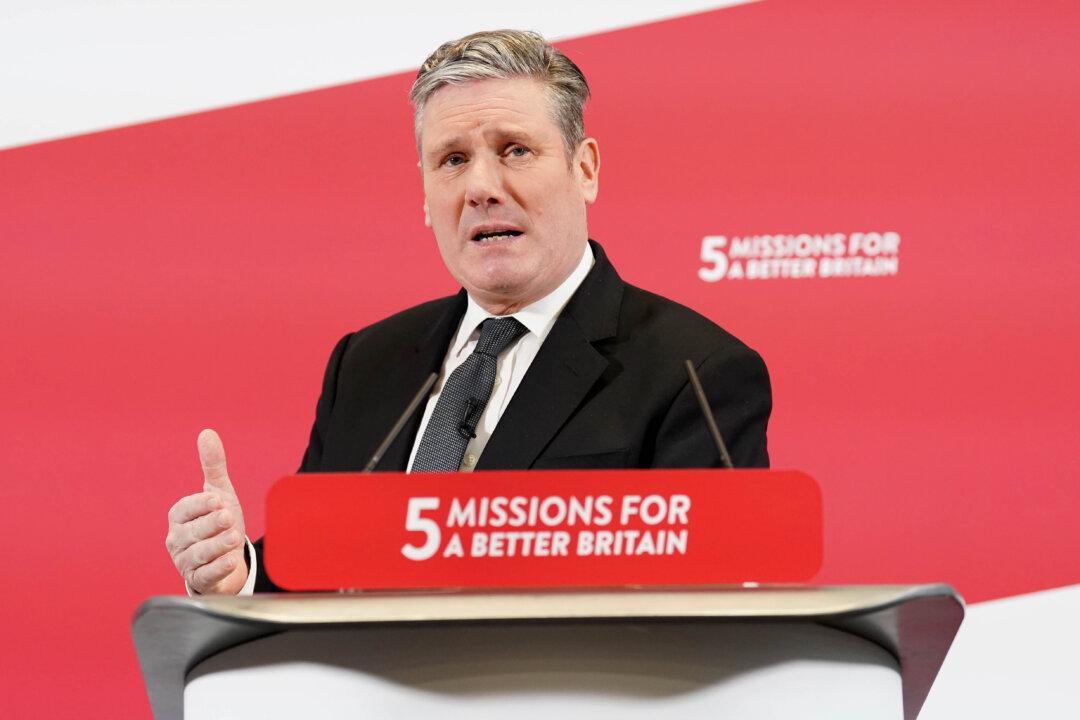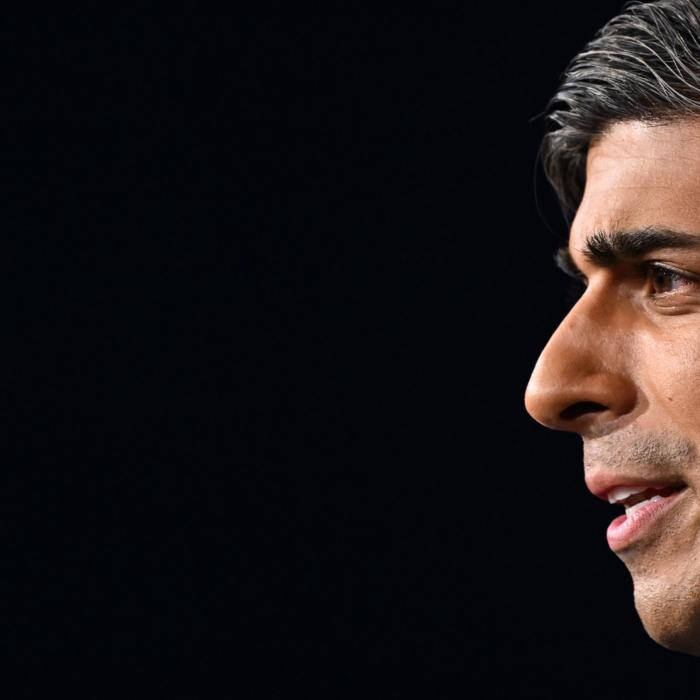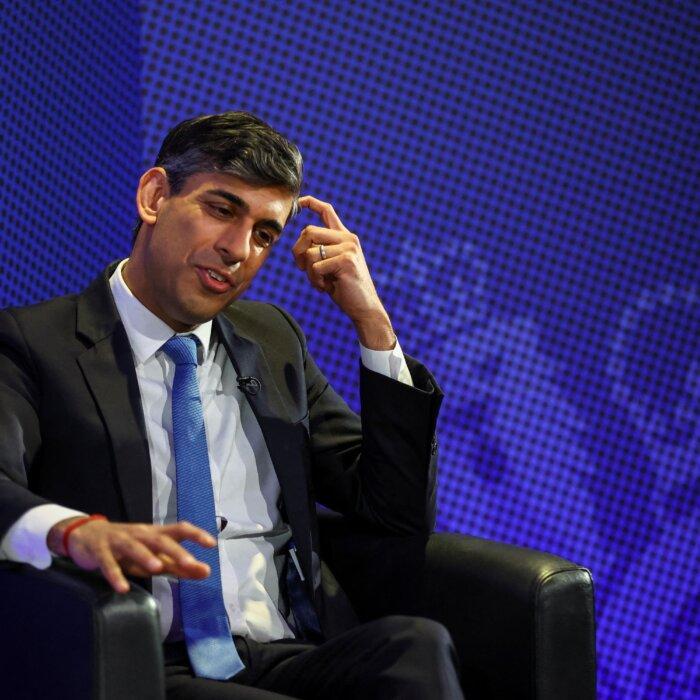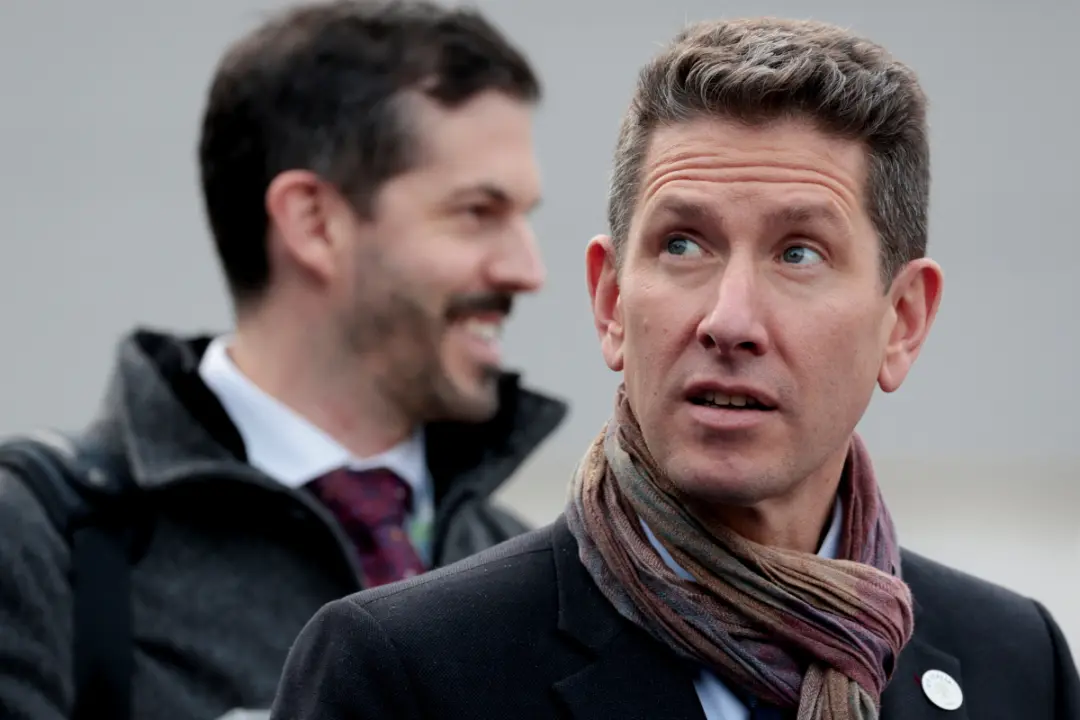Prime Minister Rishi Sunak is heading for a worse election result than Sir John Major’s 1997 defeat to Sir Tony Blair, with a poll predicting Labour would win with 403 seats compared to the Conservatives gaining just 155.
The prediction that the Conservatives would win 155 seats is down from the pollster’s January prediction of 169. The pollster said this suggests that the electoral situation “is getting worse, rather than better” for Mr. Sunak and his party as the UK draws closer to a General Election.
The pollster drew parallels between the potential fate of the Conservatives to the 1997 General Election. Sir Tony Blair had led the Labour Party to victory, winning 418 out of 659 Commons constituencies, with then-Prime Minster Major’s Conservatives winning just 165.
‘Several’ Major Tory Figures Could Lose Seats
The model, based on data collected from 18,761 British voters interviewed from March 7—27, found Labour would gain 41 percent of the vote, with the Conservatives on 24 percent, Reform UK on 12 percent, the Liberal Democrats also on 12 percent, and the Greens on 7 percent.“The coming tidal wave projected by this model would sweep away several major Conservative figures,” YouGov said, including Chancellor of the Exchequer Jeremy Hunt, who is behind his Liberal Democrat rival in the constituency of Godalming and Ash.
Leader of the House of Commons Penny Mordaunt is four points behind Labour in Portsmouth North.
Former Commons leader Sir Jacob Rees-Mogg and former Conservative Party leader Sir Iain Duncan Smith are also trailing their Labour rivals in North East Somerset and Chingford and Woodford Green, respectively.
Red Wall
The prospect of Sir Keir Starmer being close to replicating the 1997 Blair victory comes just five years after the Conservatives had won a supermajority with 365 seats.Under the leadership of Boris Johnson and with the promise of delivering Brexit, the Conservatives had managed to gain a swathe of seats in the industrial heartlands of the Midlands and North—collectively called the “Red Wall” because they traditionally voted Labour—in the 2019 General Election.
Reform UK Not Projected to Win Any Seats
YouGov also found that despite growing voter intention share, Reform UK would not win any seats.Although they place second in 36 seats, they are not close to winning any of them.
Their highest vote share is in Hartlepool and Barnsley North (27 percent in both). But in both constituencies, Labour leads with 48 percent of the vote.
In no constituency are they within ten points of the winning party.
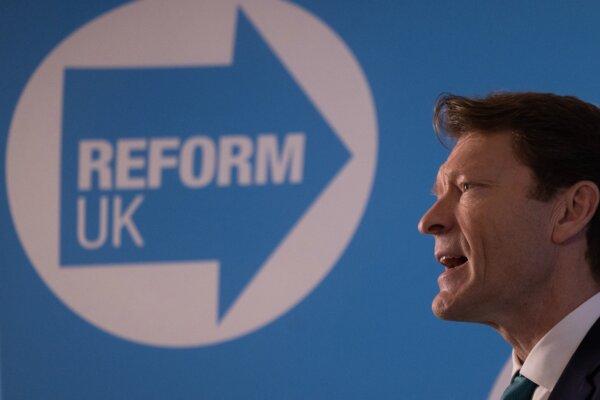
99 MPs Announce Intention to Stand Down
Last week, two ministers resigned from the government, triggering a mini-Cabinet reshuffle.Robert Halfon resigned as minister of state for skills, apprenticeships, and higher education, being replaced by Luke Hall. James Heappey stood down as armed forces minister and was replaced by Leo Docherty.
Both Mr. Halfon and Mr. Heappey are standing down at the next election.
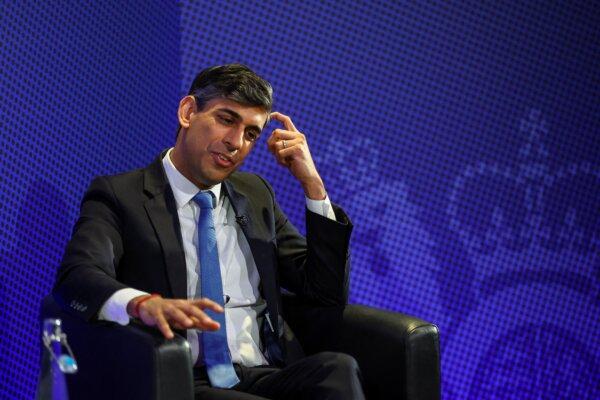
Their intention to leave the Commons brought the number of Conservative MPs standing down at the next General Election to 63, which includes a number of prominent Tories such as former Prime Minister Theresa May, former Deputy Prime Minister Dominic Raab, and former Health Secretary Matt Hancock.
Across the House of Commons, 99 MPs have announced their intention to stand down.
The last possible date for an election is Jan. 28, 2025.
